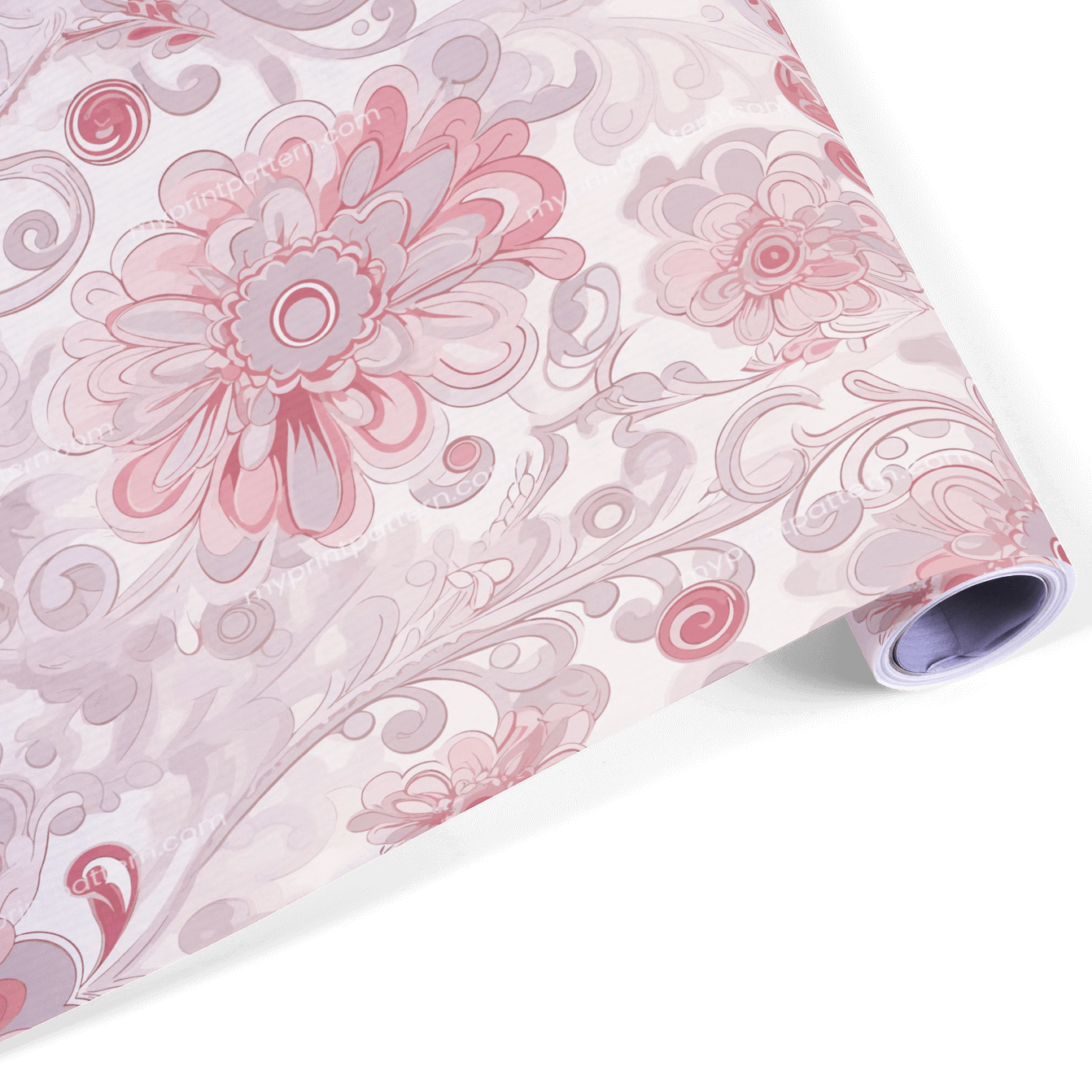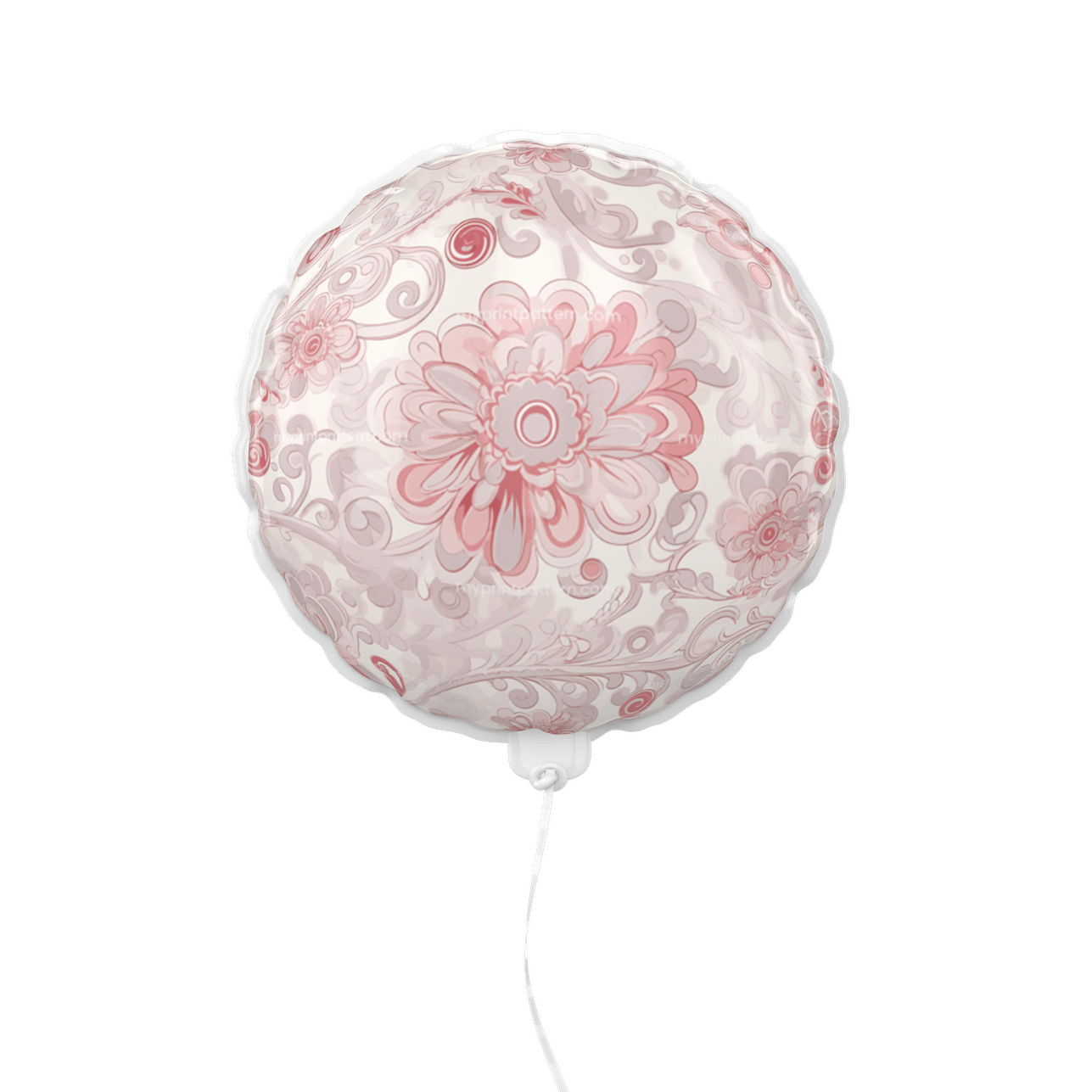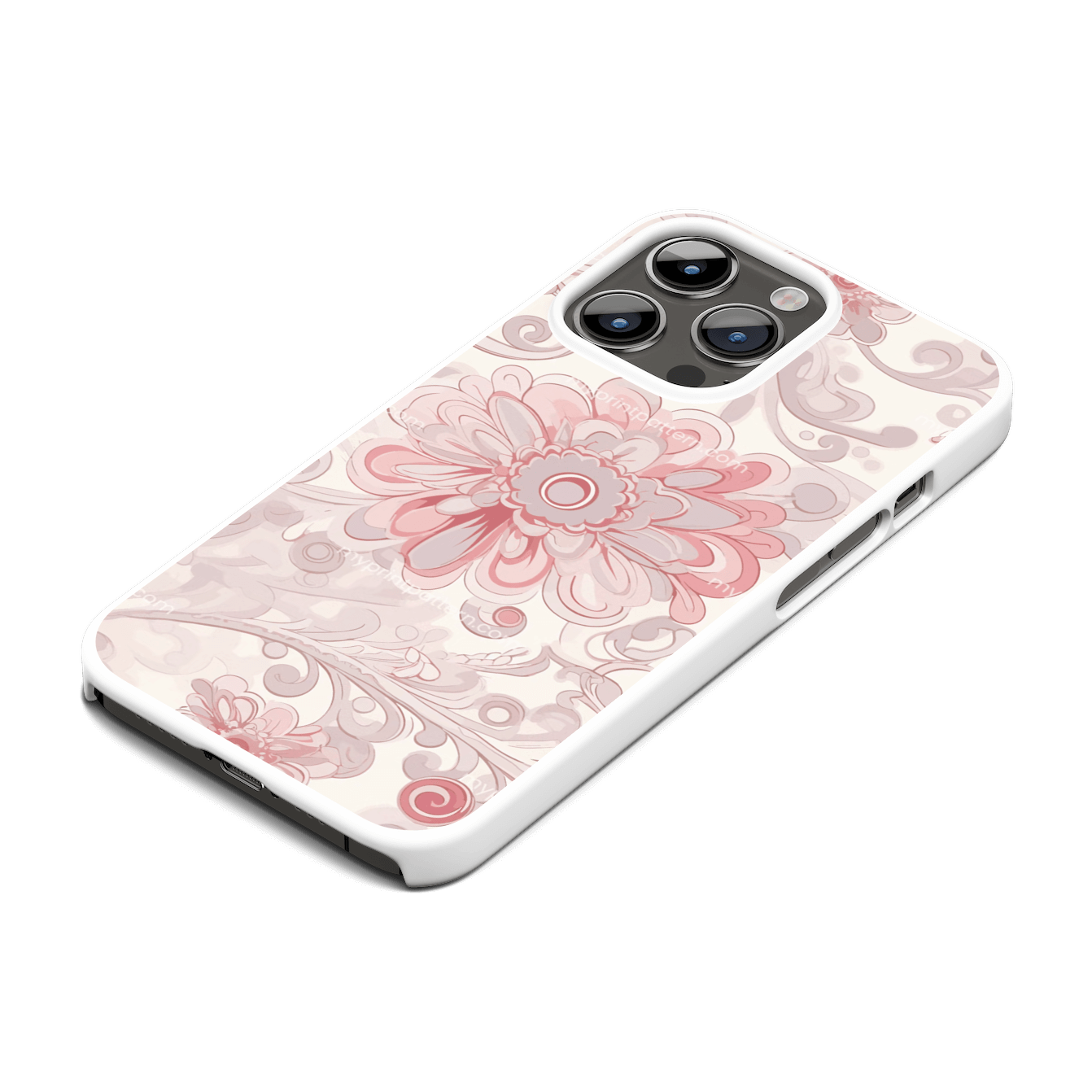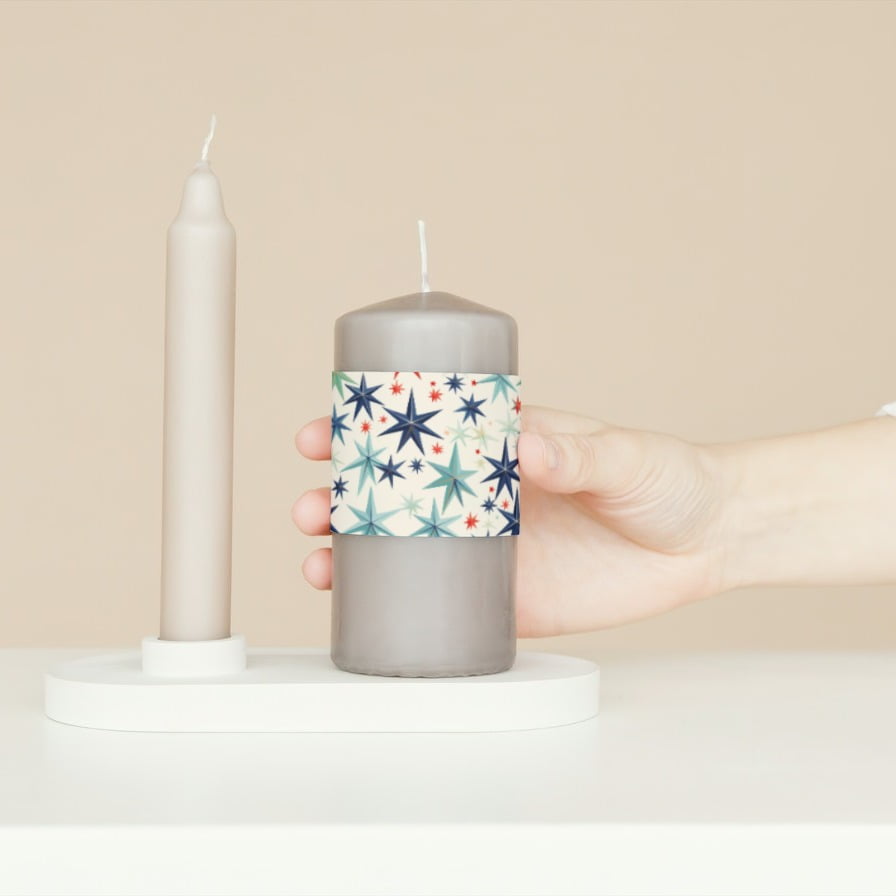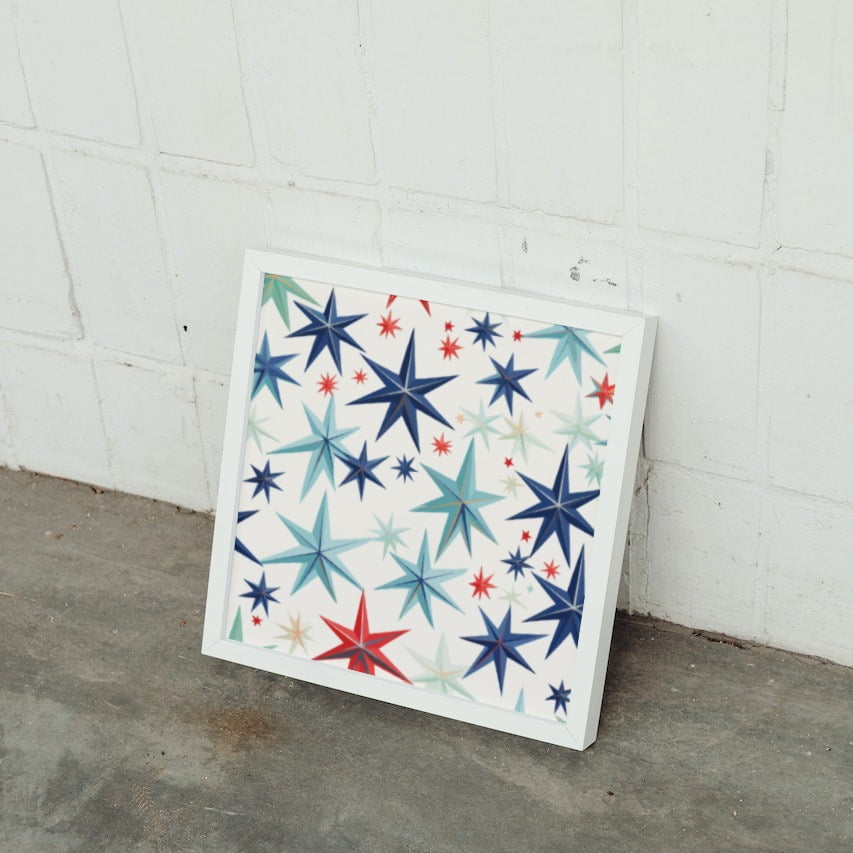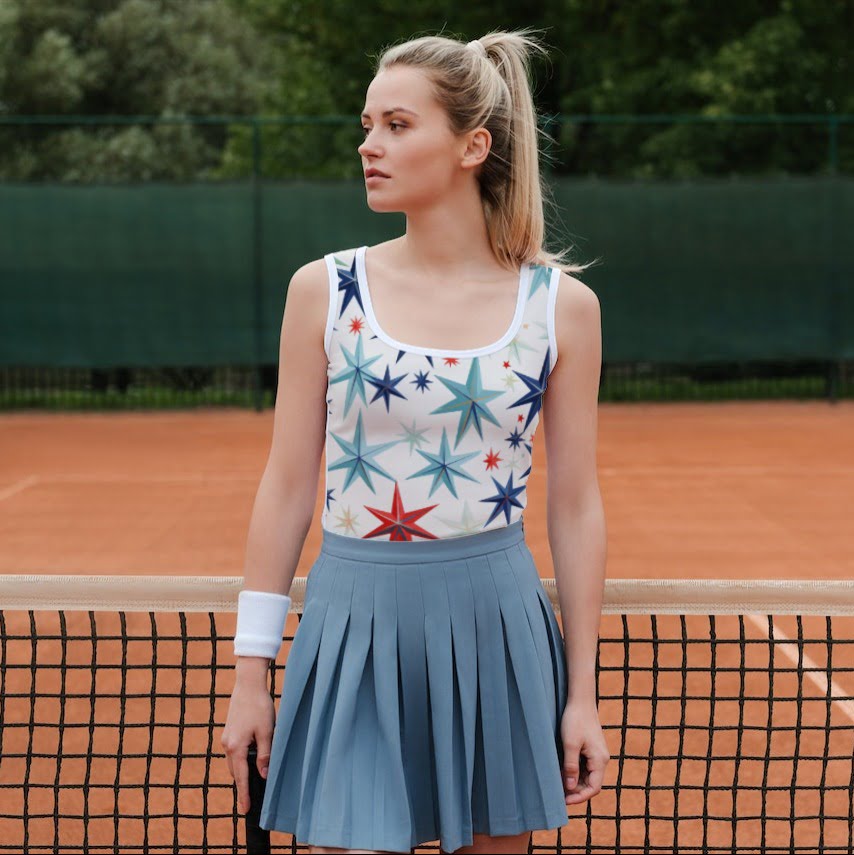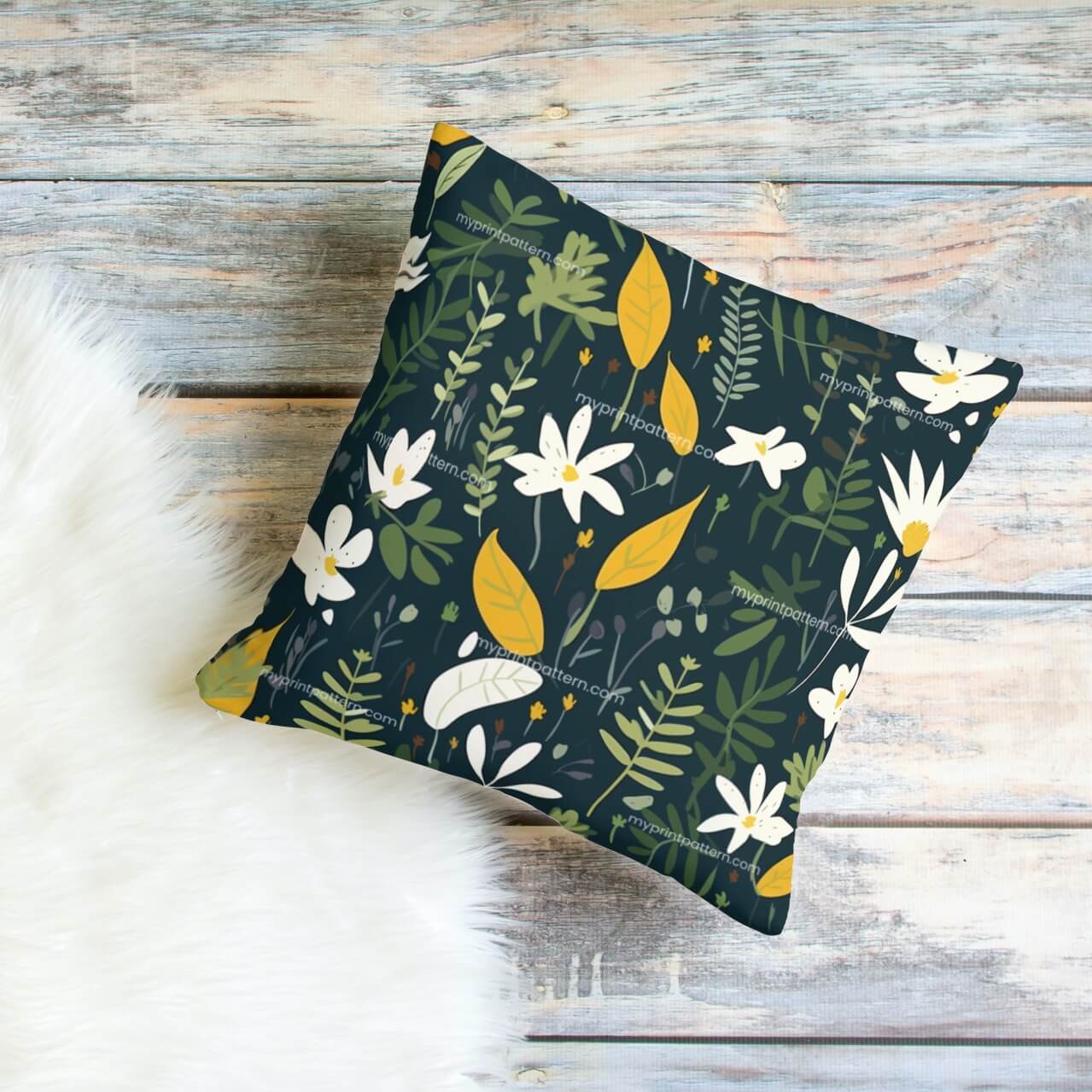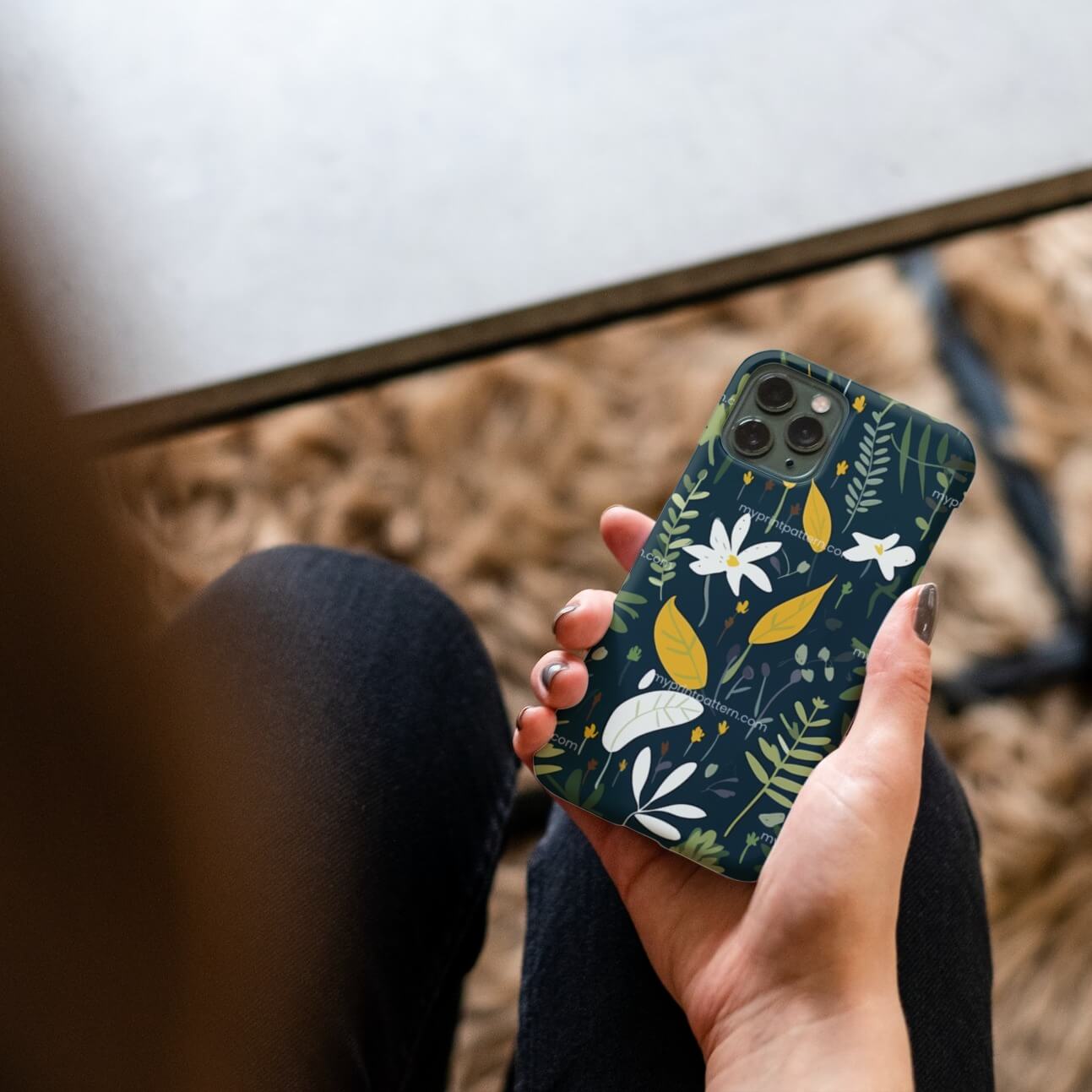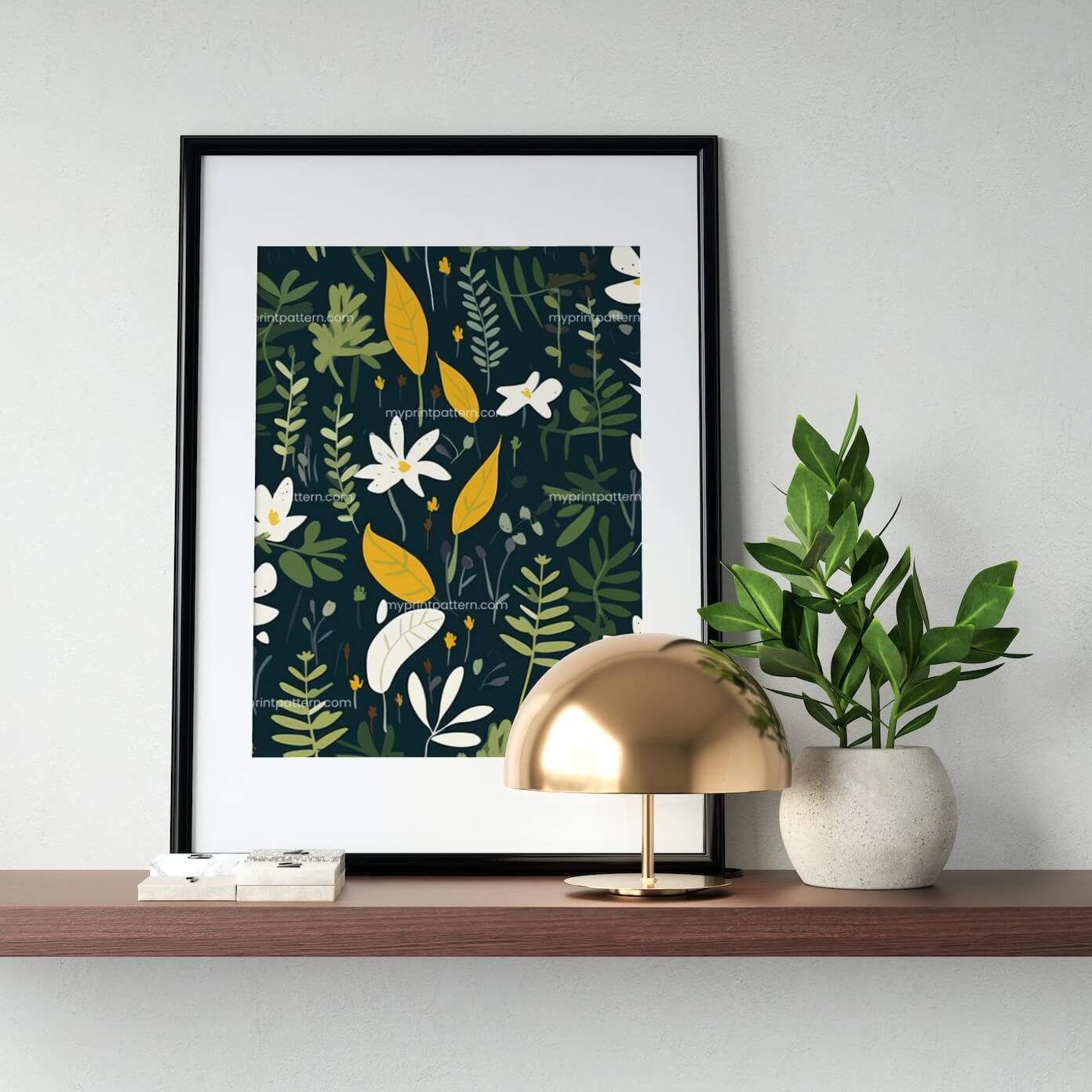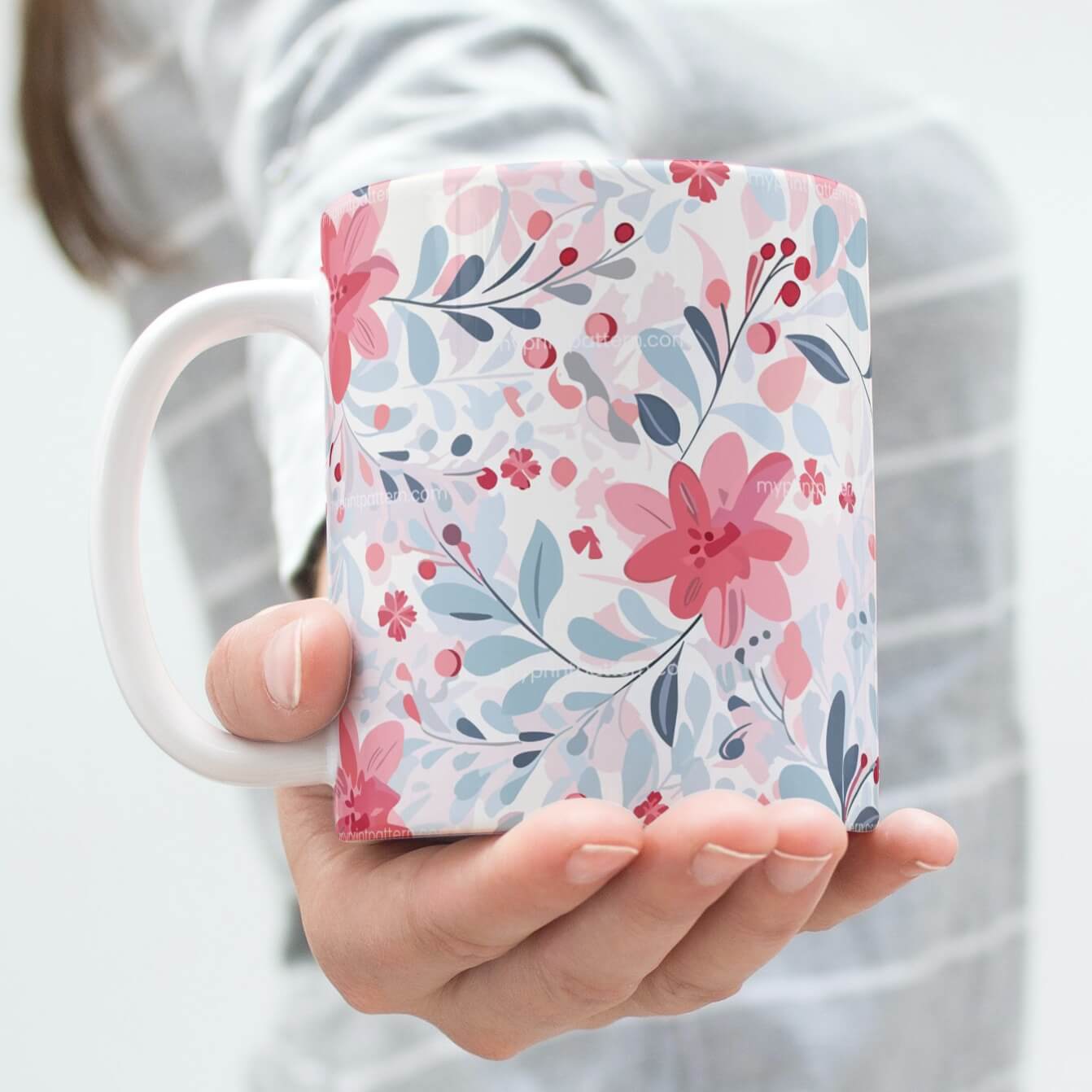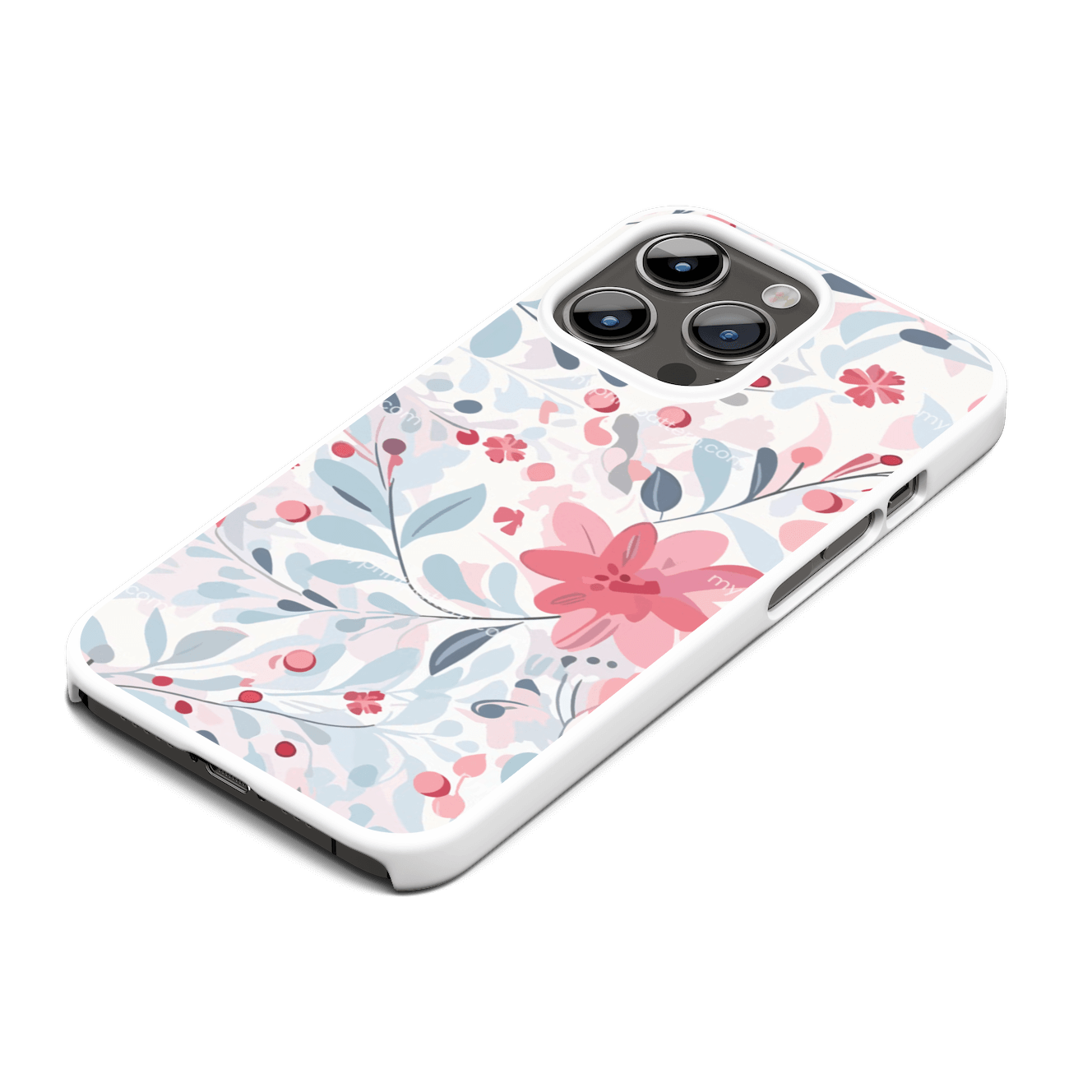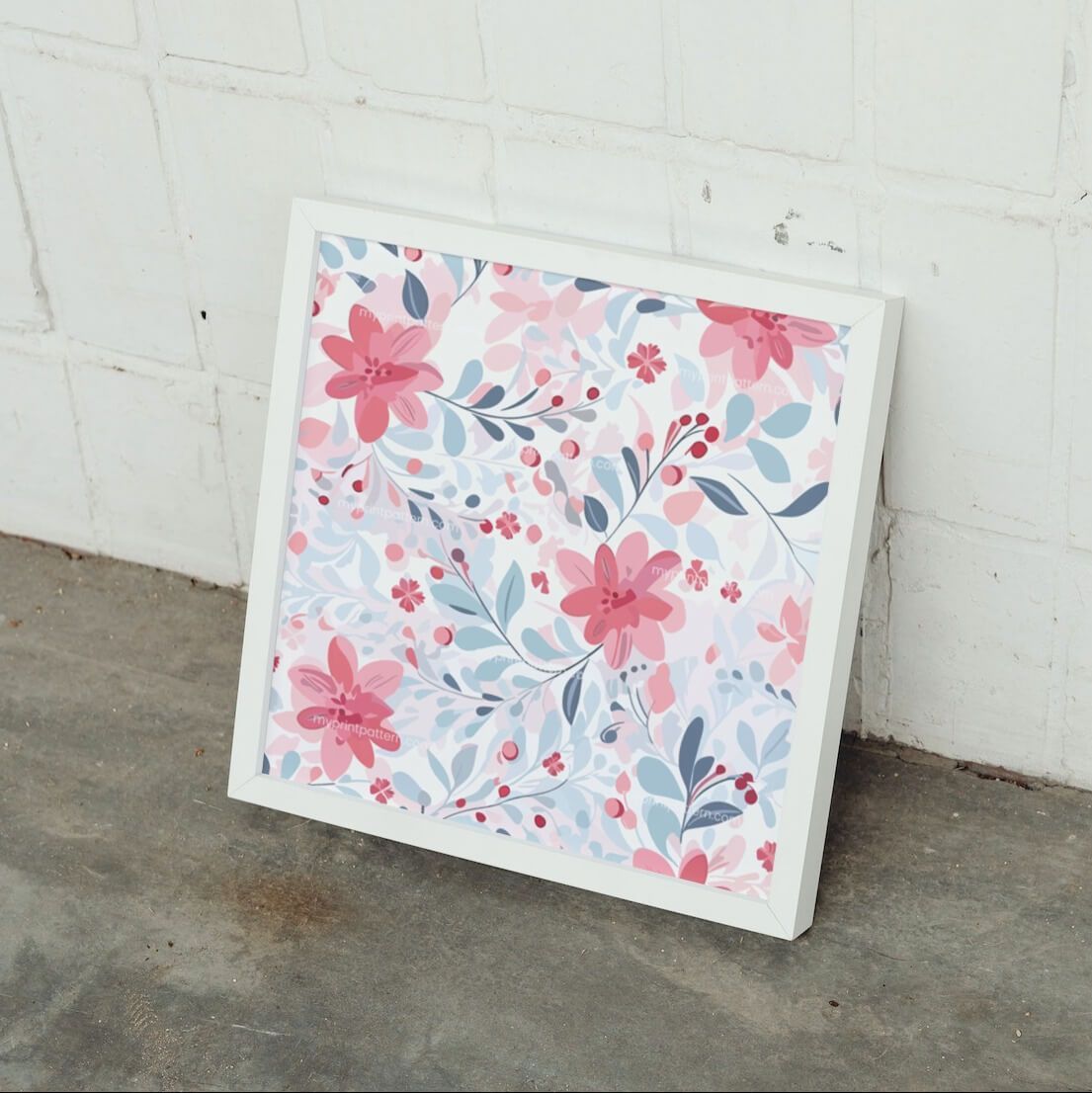The Checkerboard Chronicles: The World’s Most Iconic Pattern
Introduction
The checkerboard pattern, with its simple yet captivating design, has been a universal symbol of contrast and balance. From the ancient pyramids of Egypt to the digital wallpapers of today’s smartphones, this pattern has seamlessly woven itself into the fabric of human history.
This article embarks on a journey, tracing the checkerboard’s footsteps across time and culture.
Chapter 1: The Ancient Beginnings
The checkerboard pattern’s introduction into human-made objects is shrouded in mystery. It has manifested in various forms across different continents and historical periods. The pattern’s use in human design and weaving predates its association with the game of chess.
For instance, the linguistic conventions that gave rise to the modern English term “check” are more recent than some appearances of the pattern or its variations [1] .
The pattern’s human applications can be traced back to its use on the checkerboard in the board game chess, which evolved from its chaturanga form in the late 6th or early 7th century AD.
However, weaving, which sometimes produces a checkered pattern as a byproduct, is believed to have originated in the Neolithic period or around 10000 BC [2]. This suggests that the pattern’s use in textiles predates its association with chess.
Checkerboard in South India
Before the 13th century, South Indian field workers in Madras (now Chennai) wore homemade checkered patterned garments called lungis. These garments were made by dyeing squares onto squares of muslin cloth.
The pattern’s use and significance in South India changed with Dutch colonization, which led to the mass production and exportation of the fabric. As a result, the fabric’s cultural significance began to diminish as it spread to regions with no cultural ties to it [3].
Tartan in Scotland
The 16th century saw the popularization of Scottish tartans, distinct plaid patterns associated with different family names. These patterns indicated the region or family to which individuals belonged. Interestingly, tartan’s history in Scotland can be traced back to the third and fourth centuries.
The pattern became so integral to Scottish culture that, following the Battle of Culloden in 1746, the British banned tartans in an attempt to control the Scottish people [4].
Checkerboard’s Cultural Waves
Over time, various checkered patterns have been associated with political affiliations and different cultures. For instance, the black-and-white checkerboard pattern became a symbol of the fight against segregation when adopted by second-wave Ska artists in the 1970s.
The pattern represented the collaboration of black and white musicians, symbolizing unity [5].
In the realm of fashion, designers like Burberry have made variations of tartan and the check pattern distinct symbols of their brand since the 1920s.
More recently, designers like Dior, Gucci, and Chanel have incorporated checkered prints into their collections, showcasing the pattern’s enduring appeal [6].
Chapter 2: The Middle Ages and the Checkerboard
The Middle Ages, spanning roughly from the 5th to the late 15th century, was a period of profound transformation in Europe.
Amidst the backdrop of societal upheavals, the checkerboard pattern found its way into various facets of medieval life, from architecture to textiles, and even in the realm of games.
Checkerboard in Architecture
During the Middle Ages, the checkerboard pattern was not just limited to textiles or board games; it made a significant mark in architecture. Known as checkerwork (or chequer-work), this design involved laying bricks or tiles of two different materials or colors in an arrangement that resembled the checkered pattern.
This design became particularly popular in England and nearby regions, especially in parish churches and smaller houses after the 16th-century Reformation. Notable instances of its use in England include its appearance on the exterior of Hiorne Tower and above the windows in Westminster Hall [7].
Scotland and the Checkerboard
In Scotland, the checkerboard pattern, especially its tartan variation, gained prominence among the Scottish Highlanders from the 16th century onwards. Introduced by the Celts, it became a staple of highland dress.
However, after the Battle of Culloden, wearing check or tartan was banned through the Dress Act of 1746, aiming to control Scottish clans who supported the Jacobite rising of 1745.
By the 1930s, the checkerboard pattern was incorporated into Scotland’s police uniform, later nicknamed the Sillitoe tartan, and adopted as a police symbol worldwide [8].
South India’s Affair with Checkerboard
In South India, the checkerboard pattern made its mark in textile designs around the Coromandel Coast during the 16th-17th Century. Trade records from the 17th Century indicate the widespread use of the check pattern in ornamentation across South India.
Numerous paintings in the Veerabhadra temple showcase figures dressed in checkered cotton, highlighting the prominence of the check pattern in traditional dress [9].
Checkerboard’s Role in Medieval Games
The checkerboard pattern’s association with games, especially chess, is undeniable. The word “check” is derived from the ancient Persian word “shah,” meaning “king” in the Sasanian game of Shatranj, an old form of chess played on a squared board of alternating colored checkers.
This game evolved into the modern chess we know today. The term “check-mate” in modern chess parlance is a nod to the expression “shah mat,” which means “the king is dead” [10].
The checkerboard pattern’s presence in the Middle Ages is a testament to its versatility and enduring appeal. Whether in the intricate designs of medieval architecture, the vibrant textiles of South India, or the strategic board games of the era, the checkerboard pattern has left an indelible mark on history.
Chapter 3: The Renaissance and the Artistic Revolution
The Renaissance, spanning from the 14th to the 17th century, was a period of rebirth and revival in art, culture, and intellectual pursuits. This era, marked by a renewed interest in the classical knowledge and aesthetics of Ancient Greece and Rome, saw the checkerboard pattern flourish in various artistic mediums.
Checkerboard in Architectural Marvels
During the Renaissance, architectural designs were heavily influenced by the principles of symmetry, proportion, and geometry. The checkerboard pattern, with its geometric precision, became a popular design element in flooring, especially in grand palaces and churches.
The pattern was not just a decorative choice but also a means to showcase the artist’s mastery over perspective and depth. The ancient Romans had previously incorporated the design into their buildings, and this tradition was revived during the Renaissance [11].
Art and the Checkerboard Illusion
Renaissance painters, with their newfound understanding of perspective, often incorporated the checkerboard pattern into their artworks. The pattern served as an effective tool to demonstrate depth and three-dimensionality on a two-dimensional canvas.
The alternating light and dark squares of the checkerboard allowed artists to play with light and shadow, creating realistic and immersive scenes.
Ceramics and the Checkerboard Motif
The Renaissance also saw a surge in the production of decorative ceramics. Tiles with checkerboard patterns became popular, especially in regions like Toledo, Spain.
These tin-glazed earthenware tiles, dating back to the period between 1475-1500, showcased the intricate craftsmanship and attention to detail of the artisans of the time [12].
Checkerboard in Textiles and Tapestries
The textile industry during the Renaissance was marked by a rich interplay of patterns and designs. The checkerboard motif, with its simple yet striking design, was woven into fabrics, creating luxurious tapestries and garments.
These textiles, often adorned with gold and silver threads, became symbols of wealth and status.
The Renaissance, with its emphasis on art, beauty, and intellectual exploration, provided the perfect backdrop for the checkerboard pattern to thrive.
Whether in the grand halls of palaces, the canvases of master painters, or the luxurious textiles of the time, the checkerboard pattern left an indelible mark on the artistic landscape of the era.
Chapter 4: The Modern Era: Art and Illusion
The modern era, particularly the 20th century, witnessed a surge in artistic movements that sought to challenge traditional norms and push the boundaries of perception.
Among these movements, Op art, short for optical art, emerged as a unique style that heavily utilized the checkerboard pattern to create mesmerizing optical illusions.
Op Art: A Visual Dance
Op art is an abstract form of visual art that plays with the viewer’s perception to create the illusion of movement, hidden images, flashing and vibrating patterns, or even swelling or warping.
The artworks are often, but not exclusively, created in black and white, which intensifies the optical effects and maximizes the contrast.
One of the pioneering figures in the Op art movement was Victor Vasarely. His painting “Zebras” (1938) is a prime example of Op art, consisting entirely of curvilinear black and white stripes that seem to meld into and burst forth from the surrounding background [13].
Checkerboard: The Heart of Op Art
The checkerboard pattern, with its alternating squares, became a fundamental element in many Op art pieces. The pattern’s geometric precision allowed artists to manipulate the viewer’s perception, creating the illusion of depth, movement, and three-dimensionality on a flat canvas.
Bridget Riley, another prominent figure in the Op art movement, utilized the checkerboard pattern in her early paintings, such as “Movement in Squares” (1961), to create visual vibrations that challenge the viewer’s understanding of space and dimension [14].
The Responsive Eye: A Landmark Exhibition
In 1965, the Museum of Modern Art in New York City hosted an exhibition titled “The Responsive Eye,” curated by William C. Seitz. This exhibition showcased a wide range of Op art pieces, emphasizing the perceptual aspects of art that result from the illusion of movement and the interaction of color relationships.
The exhibition was a massive success with the public, drawing over 180,000 visitors, and played a pivotal role in popularizing Op art and the checkerboard pattern’s significance within it [15].
Checkerboard’s Legacy in Modern Art
The checkerboard pattern’s influence in modern art extends beyond Op art. Contemporary artists continue to experiment with the pattern, incorporating it into various mediums, from digital art to large-scale installations.
The pattern’s ability to captivate the viewer, combined with its rich history, ensures its continued relevance in the ever-evolving landscape of modern art.
Chapter 5: Fashion’s Endless Romance with Checkerboard
The checkerboard pattern, with its timeless appeal and geometric precision, has been a darling of the fashion world for centuries. From the intricate weaves of ancient textiles to the bold prints of modern runways, the checkerboard has seamlessly woven its way into the fabric of fashion history.
Ancient Beginnings
The origins of the checkerboard pattern in fashion can be traced back to ancient civilizations. In South India, field workers in Madras (now Chennai) sported homemade checkered patterned garments called lungis as early as before the 13th century.
These lungis were crafted from squares of muslin cloth, adorned with vegetable-dyed squares, creating a rudimentary yet captivating checkered design [16].
Tartan Tales from Scotland
Scotland has a rich history intertwined with checkered patterns, especially its tartan variation. Tartan, with its distinct plaid patterns and colors, served as an identifier for different family names and regions.
While tartan’s origins in Scotland can be dated back to the third and fourth centuries, it gained immense popularity in the 16th century. Each tartan pattern became synonymous with a particular clan or family, turning the fabric into a symbol of identity and heritage [17].
However, the British, in an attempt to control the Scottish after the Battle of Culloden in 1746, banned tartans. This ban inadvertently standardized the pattern, as manufacturers like William Wilson & Sons of Bannockburn began mass-producing tartans, naming them after localities, streets, and family names [18].
Checkerboard’s Modern Avatars
The modern era saw the checkerboard pattern being embraced and reimagined by various subcultures and fashion movements:
- Punk Culture: British designer Vivienne Westwood leveraged tartan patterns as a symbol of punk culture, countering its traditionally royal connotations in England. The iconic band, the Sex Pistols, often sported tartan, further embedding the pattern within the punk scene [19].
- Ska and the Checkerboard: The checkerboard pattern became emblematic of the second wave of Ska music in the 1970s. Originating in Jamaica, Ska’s second wave in England was marked by multiracial collaboration, symbolizing racial rights. The black and white squares of the checkerboard pattern represented the coming together of black and white musicians [20].
- Skate Culture: The checkerboard pattern found its footing in skate culture, particularly with the introduction of checkerboard Vans shoes in 1977. These shoes became synonymous with punk and skate culture, often sported by bands and featured in films [21].
- High Fashion’s Checkerboard Affair: Renowned fashion houses like Burberry have been infusing their collections with variations of tartan and check patterns since the 1920s. Recent seasons have seen designers like Dior, Gucci, and Chanel showcasing checkered print sets and silhouettes, highlighting the pattern’s enduring appeal [22].
A Pattern for All Seasons
The checkerboard pattern, in its various avatars like gingham, shepherd, windowpane, and buffalo, has proven its versatility. Whether it’s the “dark academia” trend on TikTok or the sophisticated attire of business professionals, the checkerboard pattern fits every narrative, season, and occasion.
Fashion’s love affair with the checkerboard pattern is a testament to its timeless charm and adaptability. As fashion evolves, the checkerboard continues to reinvent itself, ensuring its place in the annals of fashion history.
Chapter 6: Architecture: Building with Squares
The checkerboard pattern, with its geometric simplicity and visual appeal, has been a staple in architectural designs for centuries. From ancient Roman floors to modern-day skyscrapers, the pattern has been used to create visually striking structures and spaces.
Ancient Foundations
The checkerboard pattern’s use in architecture dates back to ancient civilizations. Ancient Roman architecture, for instance, often featured floors adorned with checkerboard mosaics.
These designs, made from intricately cut tiles, added a touch of luxury and sophistication to Roman villas and public spaces [23].
Medieval Marvels
During the medieval period, the checkerboard pattern was often used in church designs, particularly in the flooring. The pattern, with its alternating light and dark squares, symbolized the duality of good and evil, light and darkness.
Many cathedrals across Europe, such as the Notre-Dame in Paris, featured checkerboard-patterned floors, adding a layer of symbolic depth to these sacred spaces.
Checkerwork: A Signature Style
In England and its neighboring regions, a unique architectural style known as checkerwork (or chequer-work) emerged. This style involved the use of bricks or tiles of two different materials or colors to create a checkerboard pattern on building exteriors.
This design was especially popular in parish churches and smaller houses post the 16th-century Reformation. Notable examples include the Hiorne Tower and the detailing above the windows in Westminster Hall [24].
Modern Interpretations
In the modern era, the checkerboard pattern has found its way into various architectural styles:
- Skyscrapers and Facades: Modern skyscrapers, with their glass facades, have incorporated the checkerboard pattern to create visual interest. The alternating pattern, often created using tinted glass, adds depth and dimension to these towering structures.
- Interior Design: The checkerboard pattern has been a favorite for flooring, especially in kitchens and bathrooms. The pattern, often rendered in black and white, offers a classic look that never goes out of style.
- Public Spaces: Many public squares and parks incorporate the checkerboard design in their paving, creating visually captivating spaces for relaxation and recreation.
Symbolism in Architecture
The checkerboard pattern, beyond its aesthetic appeal, carries symbolic weight in architectural designs. In Masonic symbolism, the checkerboard floor, known as the mosaic pavement, represents the duality of human life and experience.
The light and dark squares symbolize the juxtaposition of good and evil, joy and sorrow, and life and death.
A Pattern that Stands the Test of Time
The checkerboard pattern, with its rich history and adaptability, continues to inspire architects and designers worldwide. Its geometric simplicity, combined with its deep symbolic meanings, ensures that the pattern will remain a favorite in architectural designs for years to come.
Chapter 7: Pop Culture and the Checkerboard Invasion
Pop culture, a reflection of societal trends, values, and beliefs, has always been a melting pot of influences. Among these influences, the checkerboard pattern has made a significant mark, weaving its way into various facets of pop culture, from fashion and music to film and beyond.
Vans and the Checkerboard Revolution
Before the checkerboard pattern became a fashion-world staple, it was best known as the signature print of Vans.
The iconic Vans checkerboard design is a symbol of wild spirit and rebellion. Its origins can be traced back to the rebellious youth of the late 1970s, who took to doodling on the sidewalls of their shoes.
Vans, noticing this recurring trend, decided to incorporate the checkerboard design into their footwear. This design choice was further popularized when Sean Penn wore a pair of check Vans slip-ons in the 1982 film “Fast Times at Ridgemont High,” cementing the pattern’s place in pop culture [25].
Throughout the 1990s, Vans continued to champion the checkerboard pattern, especially when they sponsored the Warped Tour. The pattern adorned stages, rooms, and wristbands, firmly establishing the check as a signature of skate culture [26].
Punk Culture and the Checkerboard Rebellion
Across the pond in Britain, while teenagers in California were doodling checker patterns on their shoes, a revolutionary genre was taking shape: punk.
This rebellious music genre was characterized not just by its sound but also by its aesthetic, largely influenced by the legendary British designer Vivienne Westwood.
Westwood, who dressed the iconic punk band the Sex Pistols, saw the potential in the tartan pattern to subvert one of the most recognized symbols of British royalty.
She created audacious garments for her boutique and the Sex Pistols, turning tartan into a symbol of counterculture and rebellion [27].
Checkerboard in Film and Television
The checkerboard pattern has also made appearances in various films and television shows, often symbolizing duality, contrast, and sometimes even the surreal.
From the black and white checkered floors in the dream sequences of “Twin Peaks” to the mesmerizing dance of Fred Astaire on a checkerboard floor in “Royal Wedding,” the pattern has been used to create visually striking and symbolic scenes.
A Pattern’s Pop Culture Legacy
The checkerboard pattern’s influence in pop culture is undeniable. Its geometric simplicity, combined with its rich history of rebellion and counterculture, makes it a favorite in various mediums.
Whether it’s a skater sporting checkerboard Vans, a punk rocker in tartan, or a filmmaker using the pattern to create visual depth, the checkerboard continues to leave its mark on pop culture.
Chapter 8: The Digital Age and the Checkerboard’s New Frontier
The digital age has ushered in a plethora of innovations and transformations, and with it, the checkerboard pattern has found new avenues of expression.
This iconic pattern, once confined to physical spaces and objects, now thrives in the virtual realm, influencing design, technology, and even our perceptions of the digital world.
The Digital Canvas: A Blank Checkerboard
For digital designers, the checkerboard pattern has become synonymous with emptiness waiting to be filled. In many graphic design software applications, a faint checkerboard background indicates areas with no content, not white or black, but actual nothingness.
This visual cue helps designers discern between actual design elements and areas devoid of content, ensuring clarity in their creations [28].
Modern Art Meets Digital Design
Contemporary artists have also embraced the checkerboard pattern, exploring its intersections with modernism and the tools of the digital age. For instance, Audrey Barcio, in her exhibition “Under Influence,” delved into the iconic grey and white checkerboard pattern recognized by digital designers.
Transforming this virtual void into tangible form, Barcio used it to empower interpretations of the iconographic legacy of our Modernist forbearers, creating artworks that are as futuristic as they are rooted in past artistic movements [29].
Gaming and the Virtual Checkerboard
The world of video gaming, a cornerstone of the digital age, has also been influenced by the checkerboard pattern. Game developers often use checkerboard rendering, a technique that allows games to be displayed at higher resolutions without taxing the hardware excessively.
This method involves rendering only a portion of the pixels and then using algorithms to fill in the gaps, creating a seamless visual experience for gamers.
Augmented Reality and the Checkerboard Grid
Augmented reality (AR) applications, which overlay digital information on the real world, often use checkerboard patterns as tracking markers.
These patterns help AR software recognize and anchor virtual objects in the physical world, ensuring that digital augmentations align correctly with their real-world counterparts.
The Symbolism of the Digital Checkerboard
Beyond its practical applications, the checkerboard pattern in the digital realm carries symbolic weight. In the context of digital design, the checkerboard represents potentiality—a blank canvas awaiting the designer’s vision.
It signifies the infinite possibilities of the digital age, where creativity is limited only by one’s imagination.
Embracing the Digital Frontier
As we continue to navigate the digital age, the checkerboard pattern serves as a reminder of the harmonious blend of tradition and innovation.
Its presence in digital design and technology underscores the enduring appeal of this timeless pattern, proving that even in a world dominated by pixels and code, the checkerboard remains relevant and influential.
Chapter 9: Architecture: Checkerboard’s Modern Marvels
The checkerboard pattern, with its geometric allure and visual rhythm, has not only persisted but also flourished in the realm of modern architecture.
This iconic design, once a symbol of ancient civilizations and medieval grandeur, has been reimagined and repurposed to fit the aesthetics and functionalities of contemporary architectural marvels.
Urban Landscapes and the Checkerboard Facade
Modern cities, with their towering skyscrapers and sprawling urban landscapes, have embraced the checkerboard pattern in innovative ways. Building facades adorned with alternating panels of glass, metal, or concrete create a visual dance of light and shadow.
These checkerboard designs not only add aesthetic value but also serve functional purposes, such as regulating sunlight and optimizing energy efficiency.
Interiors: A Play of Light and Space
Inside modern structures, the checkerboard pattern has found its way into flooring, wall designs, and even ceilings. Architects and interior designers use the pattern to create a sense of depth and dimension in spaces, playing with perceptions and guiding the viewer’s gaze.
For instance, large atriums or lobbies with checkerboard-patterned floors can make spaces appear more expansive, while also guiding foot traffic in specific directions.
Checkerboard in Sustainable Design
In the age of sustainability and green architecture, the checkerboard pattern has been employed in innovative ways to promote eco-friendly designs. Buildings with checkerboard-patterned facades often incorporate green walls or vertical gardens in alternating squares.
This not only enhances the building’s aesthetic appeal but also contributes to reducing the urban heat island effect and promoting biodiversity [30].
Iconic Modern Structures
Several modern architectural marvels have incorporated the checkerboard pattern in their designs:
- The Broad Museum, Los Angeles: This contemporary art museum, designed by Diller Scofidio + Renfro, features a unique honeycomb-like facade that plays with the checkerboard motif. The design allows diffused sunlight to enter the gallery spaces, creating a mesmerizing interplay of light and shadow.
- Checkerboard House, Tokyo: Designed by Takeshi Shikauchi Architect Office, this residential structure uses the checkerboard pattern on its exterior to create privacy while allowing ample natural light to filter through [31].
A Pattern’s Modern Legacy
The checkerboard pattern, with its rich history and adaptability, continues to inspire architects and designers in the 21st century.
Its geometric simplicity, combined with its ability to transform spaces and perceptions, ensures that the pattern will remain a favorite in architectural designs for years to come.
Chapter 10: Contemporary Art and the Checkerboard’s Resurgence
In the realm of contemporary art, the checkerboard pattern has experienced a resurgence, serving as both a canvas and a muse for artists worldwide.
This geometric motif, with its alternating squares, has been reinterpreted, deconstructed, and celebrated in various mediums, from paintings and sculptures to installations and digital art.
A Canvas of Contrasts
The checkerboard pattern, with its inherent duality of light and dark squares, offers artists a canvas of contrasts. This duality can be symbolic of various themes, from the juxtaposition of good and evil to the interplay of tradition and modernity.
Contemporary artists often leverage this pattern to explore deeper philosophical and societal questions, making the checkerboard more than just a visual motif but a tool for introspection and commentary.
Art Installations and the Checkerboard Experience
In the world of art installations, the checkerboard pattern has been used to create immersive experiences for viewers. These installations often play with scale, perspective, and dimension, using the checkerboard motif to challenge perceptions and create optical illusions.
The pattern’s geometric precision allows artists to manipulate space, creating environments that are both disorienting and captivating.
Digital Art and the Virtual Checkerboard
The digital age has opened up new avenues for artistic expression, and the checkerboard pattern has found its place in the realm of digital art. Artists use this motif to create mesmerizing animations, GIFs, and digital paintings.
The pattern, with its rhythmic repetition, lends itself well to the digital medium, allowing artists to experiment with movement, color, and form.
Notable Contemporary Artworks
Several contemporary artworks have celebrated the checkerboard pattern:
- Society6 Art Prints: A platform for artists to showcase their creations, Society6 features a plethora of checkerboard art prints. These artworks, ranging from abstract interpretations to detailed illustrations, highlight the pattern’s versatility and enduring appeal [32].
- Kimono Pattern Checkerboard Fine Art Print: This artwork, available on Roomytown, merges traditional kimono patterns with the checkerboard motif, creating a fusion of cultural aesthetics and geometric design [33].
- Checkerboard Tunic: Housed in The Metropolitan Museum of Art, this 16th-century artwork from the Inca culture showcases a checkerboard-patterned tunic. Crafted from camelid fiber, this piece is a testament to the pattern’s historical significance and its influence on textile art [34].
A Pattern’s Artistic Legacy
The checkerboard pattern, with its rich history and geometric allure, continues to inspire contemporary artists. Its adaptability, combined with its deep symbolic meanings, ensures that the pattern will remain a favorite in the ever-evolving world of art.
Chapter 11: The Checkerboard’s Influence on Social Movements
The checkerboard pattern, with its stark contrasts and geometric precision, has not only been a visual motif but has also played a symbolic role in various social movements throughout history.
Its alternating squares of light and dark have been used to represent duality, unity, and the interplay of opposing forces, making it a powerful emblem in the realm of social activism and change.
The Ska Movement and Racial Unity
The late 1970s saw the rise of the ska music genre, especially in the UK. This genre, characterized by its upbeat rhythms and fusion of Jamaican musical influences with punk rock, adopted the black-and-white checkerboard as a symbol of racial unity.
The pattern represented the coming together of black and white cultures, a core tenet of the two-tone era of ska music.
Bands like The Specials and Madness prominently featured the checkerboard motif in their album covers, merchandise, and stage designs, turning it into a symbol of unity in a time of racial tension [35].
Feminist Movements and the Checkerboard
While not as widely recognized, the checkerboard pattern has also been used in various feminist movements. The alternating squares have been interpreted as a representation of the equal footing and balance that women seek in society.
The pattern, in this context, symbolizes the push for equal rights, opportunities, and representation for all genders.
Digital Activism and the Checkerboard Motif
In the age of digital activism, where social movements often begin and gain momentum online, the checkerboard pattern has found its place as a symbol of net neutrality.
Advocates for a free and open internet have used the checkerboard to represent the equal treatment of all data, emphasizing the importance of preventing internet service providers from favoring or blocking particular products or websites.
A Pattern’s Social Legacy
The checkerboard, while simple in design, carries profound symbolic weight. Its use in various social movements underscores its versatility and the ability to convey powerful messages.
Whether representing racial unity, gender equality, or the fight for a free internet, the checkerboard pattern continues to be a beacon of hope, unity, and change in the ever-evolving landscape of social activism.
Chapter 12: Checkerboard: The Fashion Phenomenon
The checkerboard pattern, with its rhythmic repetition and stark contrasts, has been a mainstay in the world of fashion for centuries.
From its humble beginnings as a simple geometric design to its iconic status in modern fashion, the checkerboard has witnessed a fascinating evolution, reflecting societal changes, cultural shifts, and artistic innovations.
From South India to Scotland
Long before the checkerboard pattern became a global fashion phenomenon, it had deep cultural roots in various parts of the world. In South India, field workers in Madras (now Chennai) wore homemade checkered garments called lungis, which were tied around their waists.
These lungis, made from squares of muslin cloth, were adorned with vegetable-dyed squares, creating a rudimentary checkerboard design. This pattern, which began as a practical design for everyday wear, soon caught the attention of Dutch colonizers, leading to its mass production and global export [36].
In Scotland, the checkerboard’s cousin, the tartan, has a rich history dating back to the third and fourth centuries. Each tartan pattern, with its unique combination of colors and checks, represented a specific Scottish clan or family.
This deep cultural significance of the tartan was further highlighted when the British banned its use following the Battle of Culloden in 1746, in an attempt to suppress Scottish identity [37].
The Punk Revolution and the Checkerboard
The late 20th century saw the checkerboard pattern being embraced by the punk culture, thanks to the iconic British designer Vivienne Westwood. Westwood used tartan patterns as a symbol of rebellion against the traditional royal associations of the design in England.
By styling punk bands like the Sex Pistols in tartan, she transformed the pattern into a symbol of rebellion and counterculture [38].
The checkerboard pattern also became synonymous with the two-tone era of ska music in the 1970s. This black-and-white design symbolized the fusion of black and white cultures, representing racial unity and collaboration.
The pattern was prominently featured in ska fashion, from shoes to scarves, becoming a powerful emblem of racial harmony and musical innovation.
Checkerboard and Skating Culture
The checkerboard pattern found another cultural home in the world of skating. In 1977, Vans released the classic checkerboard slip-on shoe after noticing skaters drawing the pattern on their footwear.
This design quickly became a symbol of skate culture, representing the rebellious spirit and unique identity of skaters. The checkerboard Vans shoe, with its simple yet striking design, became an iconic piece of fashion, worn by skaters, musicians, and fashion enthusiasts alike [39].
High Fashion’s Love Affair with Checkerboard
High fashion brands have long been enamored with the checkerboard pattern. Brands like Burberry have made variations of the pattern a signature element of their collections since the 1920s.
In recent years, fashion powerhouses like Dior, Gucci, and Chanel have showcased the checkerboard motif in their runway collections, reimagining the classic design in innovative ways [40].
The Timeless Appeal
Whether it’s the dark academia aesthetic on TikTok or the sophisticated attire of a business professional, the checkerboard pattern transcends generations and trends.
Its versatility, combined with its rich history, ensures that the checkerboard will remain a beloved element in the world of fashion for years to come.
Chapter 13: Checkerboard in Interior Design: A Timeless Trend
The checkerboard pattern, with its simple yet captivating design, has been a cornerstone in the world of interior design for centuries. Its geometric allure, combined with its adaptability, has made it a favorite among designers and homeowners alike, transcending trends and eras.
Historical Beginnings
The checkerboard pattern’s journey in interior design can be traced back to ancient civilizations. However, its prominence became particularly evident in 15th century European paintings, where checkerboard floors often graced the interiors of depicted structures [41].
This pattern, with its alternating light and dark squares, added depth and dimension to spaces, creating a visual rhythm that was both aesthetically pleasing and symbolic.
MacKenzie-Childs and the Checkerboard Legacy
One brand that has become synonymous with the checkerboard pattern in interior design is MacKenzie-Childs. Established in 1983, the brand has championed the checkerboard motif, particularly the Courtly Check, as a foundational element of its design philosophy.
This hand-painted pattern, with subtle shades of blue, green, and purple interwoven with black and ivory, has become a signature of the brand. From enamel dinnerware introduced in the 1993 Camp MacKenzie-Childs collection to the iconic tea kettle launched in 2003, the Courtly Check has been a staple in homes worldwide [42].
Checkerboard Floors: A Classic Choice
Checkerboard floors, often rendered in black and white, have been a classic choice in interior design. These floors, with their stark contrasts, offer a timeless look that fits a variety of design aesthetics, from vintage and retro to modern and contemporary.
Whether it’s the bathroom, kitchen, or living room, checkerboard floors add a touch of elegance and sophistication to spaces.
Modern Interpretations
In recent years, the checkerboard pattern has seen a resurgence in interior design, thanks to its versatility and timeless appeal. Designers have been experimenting with the pattern, playing with colors, scales, and materials.
From bold, oversized checkerboard tiles in vibrant hues to subtle, pastel-colored checkerboard wallpapers, the pattern has been reimagined in myriad ways to fit modern sensibilities.
A Pattern’s Enduring Charm
The checkerboard pattern, with its rich history and geometric simplicity, continues to inspire interior designers and homeowners.
Its ability to transform spaces, create visual interest, and evoke a sense of nostalgia ensures that the checkerboard will remain a beloved element in interior design for generations to come.
Chapter 14: Checkerboard in Culinary Arts: A Feast for the Eyes
The checkerboard pattern, while primarily associated with visual arts, fashion, and design, has also made its mark in the culinary world.
This geometric design, with its alternating squares, has been used not only as a decorative element but also as a symbol of precision, artistry, and creativity in the realm of gastronomy.
Checkerboard Cakes: A Slice of Art
One of the most iconic representations of the checkerboard pattern in culinary arts is the checkerboard cake. This delightful dessert, with its alternating squares of vanilla and chocolate sponge, is a visual treat that promises a burst of flavors with every bite.
The meticulous layering and assembly required to achieve the perfect checkerboard pattern showcase the baker’s skill and attention to detail [43].
Chef’s Trousers and the Checkerboard Legacy
The checkerboard pattern has also found its way into the attire of culinary professionals. Chef’s trousers often feature a small checkered pattern. According to historical accounts, this design may have originated with English hunting uniforms.
The black-and-white pattern is not only visually appealing but also practical, as it effectively hides stains. The cut of these pants is designed for safety, ensuring that hot liquids roll off easily [44].
Plating Techniques: Checkerboard Precision
In the world of gourmet dining, presentation is paramount. Some chefs have adopted the checkerboard pattern as a plating technique, using ingredients like diced vegetables, terrines, or gelatin-based dishes to create a checkerboard design on the plate.
This meticulous arrangement not only enhances the visual appeal of the dish but also showcases the chef’s precision and artistry.
Checkerboard in Beverages
Even the beverage industry hasn’t remained untouched by the charm of the checkerboard. Baristas, with their flair for creating visually stunning drinks, sometimes use the checkerboard pattern when layering beverages or creating latte art.
The contrasting colors of different ingredients, when carefully layered or poured, can result in a mesmerizing checkerboard effect.
A Pattern’s Culinary Journey
From delectable desserts and professional attire to intricate plating techniques, the checkerboard pattern has carved a niche for itself in the culinary world.
Its geometric simplicity, combined with its ability to add visual depth and interest, ensures that the checkerboard will continue to inspire chefs, bakers, and culinary enthusiasts for generations to come.
Chapter 15: DIY Options Where the Checkerboard Pattern Looks Amazing
The checkerboard pattern, with its timeless appeal and geometric simplicity, has been a favorite among DIY enthusiasts. Its versatility allows it to be incorporated into a myriad of projects, transforming ordinary items into pieces of art.
Whether you’re a seasoned DIYer or just starting out, here are some creative ways to incorporate the checkerboard pattern into your projects:
Checkerboard Table Transformation
An old wooden table can be given a fresh lease of life with a checkerboard makeover. All you need is some paint, masking tape, and a ruler. Measure and tape off squares, then paint alternating squares in contrasting colors.
Once dried, you’ll have a functional game board and a conversation starter all in one [45].
Fabric Checkerboard Game Set
For those who love sewing, creating a fabric checkerboard game set can be a delightful project. Using contrasting fabrics for the squares and making covered buttons as game pieces, you can craft a portable and durable game set.
This is perfect for picnics, road trips, or just a fun afternoon in the backyard [46].
Checkerboard Wall Art
Turn a blank wall into a statement piece with a checkerboard pattern. Using wall stencils or masking tape, you can create a checkerboard mural. Choose colors that complement your room’s decor, and soon you’ll have a wall that’s not just a backdrop but a focal point.
Checkerboard Floor
If you’re up for a bigger project, why not transform your floor with a checkerboard pattern? Whether it’s painting an old wooden floor or using alternating colored tiles, a checkerboard floor can add depth and character to any room.
Checkerboard Planters
Give your plant pots a checkerboard makeover. Using outdoor paint, you can decorate terracotta pots with a checkerboard design. These pots can add a touch of whimsy to your garden or balcony.
Checkerboard Cookies
For the culinary DIYers, checkerboard cookies are a treat for both the eyes and the palate. By layering and slicing alternating colored cookie dough, you can create cookies with a perfect checkerboard pattern.
Checkerboard Cushion Covers
Add a touch of checkerboard charm to your living room or bedroom with DIY cushion covers. Sew alternating squares of fabric together to create cushion covers that are both cozy and chic.
Checkerboard Tote Bags
Fashion and function come together in a checkerboard tote bag. Sewing enthusiasts can create tote bags with a checkerboard pattern, perfect for grocery shopping, beach trips, or as a stylish everyday bag.
A Pattern’s DIY Legacy
The checkerboard pattern, with its adaptability and visual appeal, continues to inspire DIY enthusiasts. Its geometric design offers endless possibilities, ensuring that the checkerboard will remain a favorite in the world of DIY for years to come.






